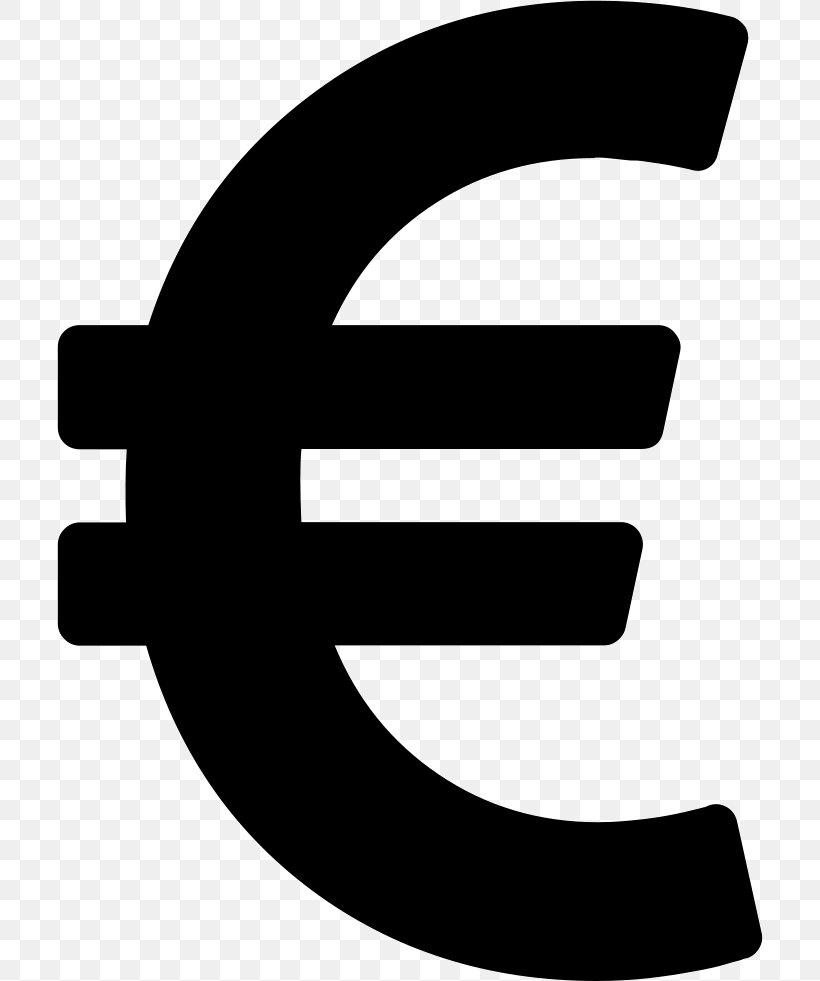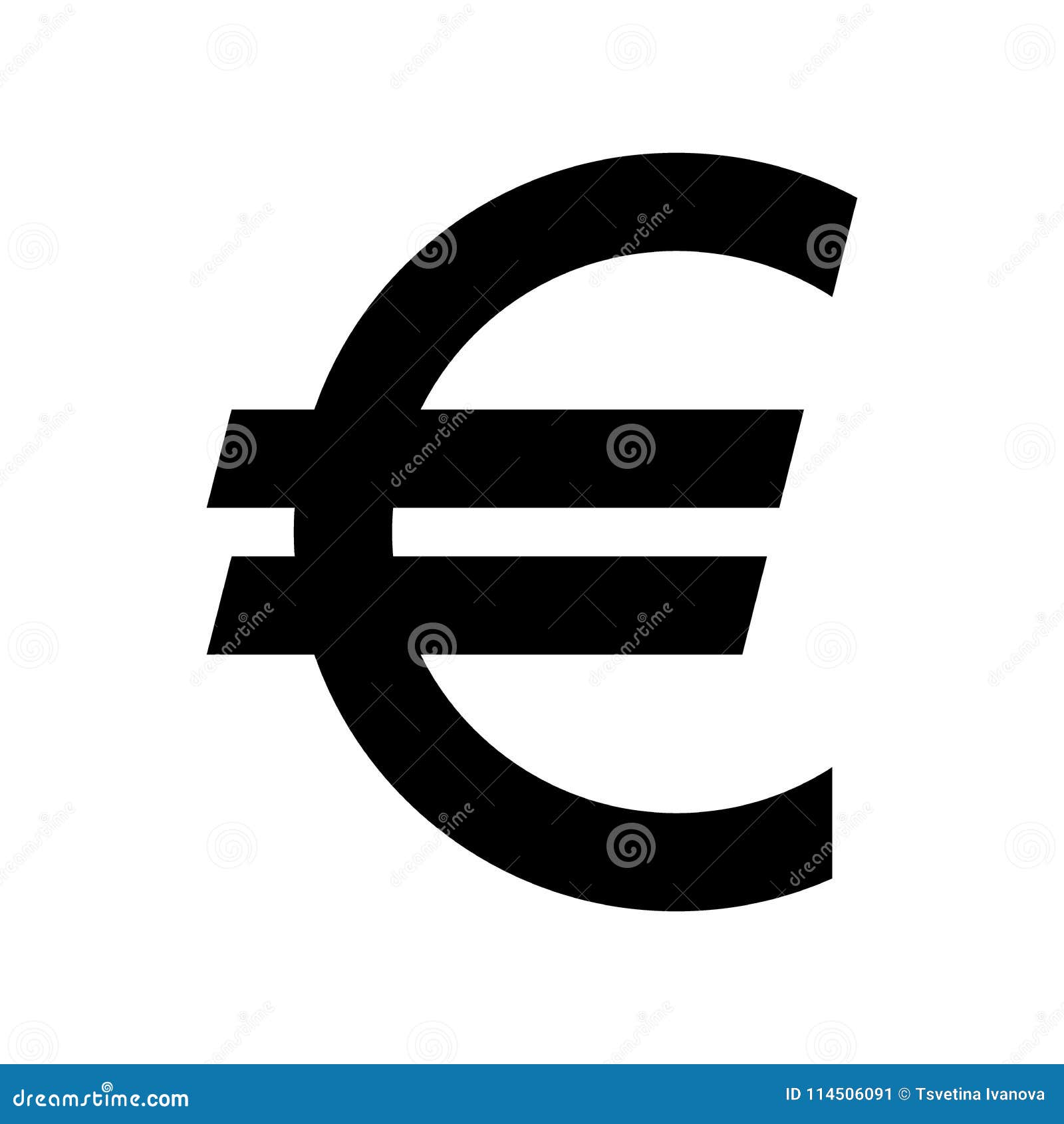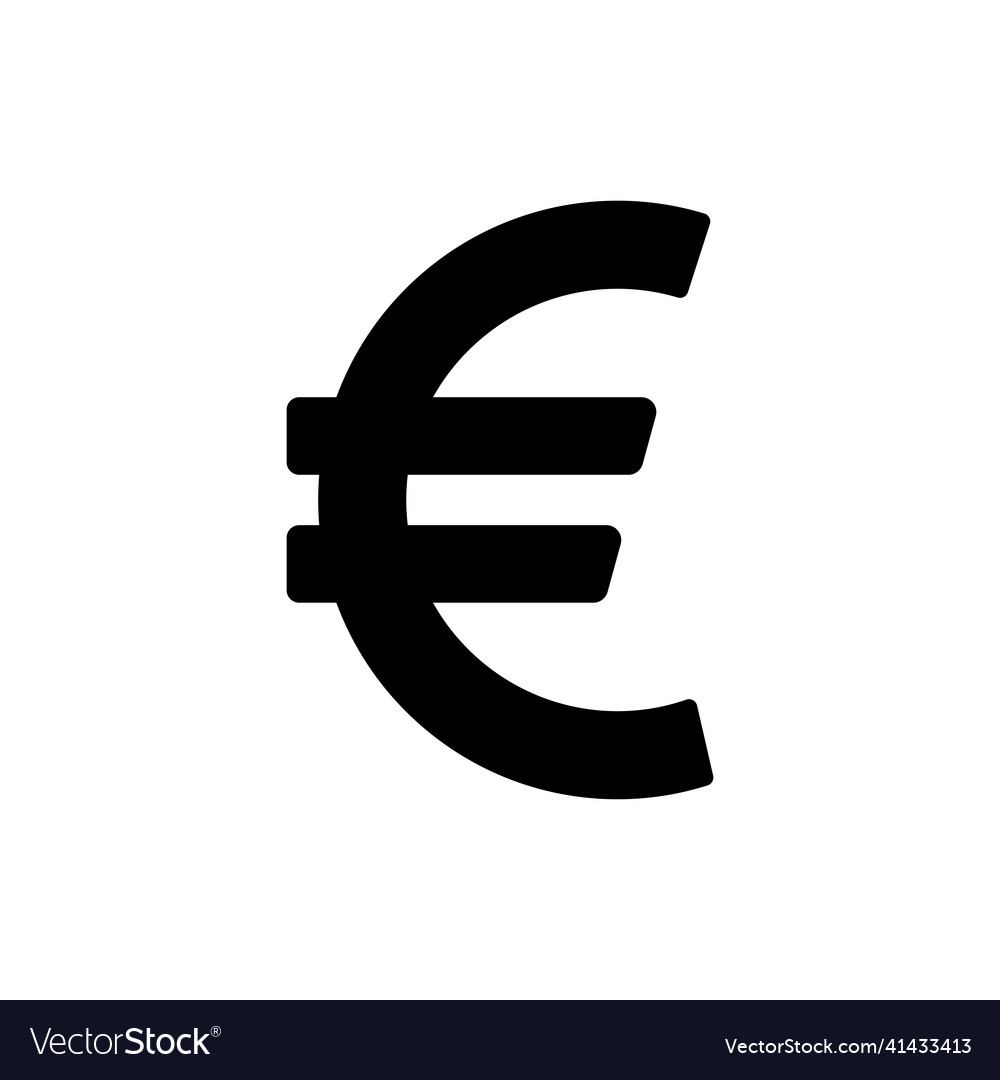Alright folks, let’s dive into something that touches the lives of millions every single day – the mighty euro currency symbol! Whether you’re booking a holiday in Paris, buying coffee in Rome, or just trying to make sense of exchange rates, understanding the euro symbol is essential. In this guide, we’ll break down everything you need to know about the € symbol, its history, usage, and how it fits into the global financial puzzle. So, buckle up, because we’re about to take a deep dive into the world of euros!
Now, why is the euro currency symbol so important? Well, it’s not just a random squiggle on your keyboard. The € symbol represents one of the most powerful currencies in the world, used by over 340 million people in 19 countries across the European Union. It’s more than just money – it’s a symbol of unity, stability, and economic power. So, if you’ve ever wondered how this little symbol came to be or how to use it properly, you’re in the right place.
In today’s global economy, knowing how to work with the euro currency symbol can save you time, money, and a whole lot of headaches. Whether you’re a traveler, a business owner, or just someone who likes to stay informed, this guide will arm you with all the knowledge you need to navigate the world of euros like a pro. Let’s get started!
Read also:Tony Geary A Legacy That Shines Through Time
What Exactly is the Euro Currency Symbol?
Let’s start with the basics. The euro currency symbol, represented as €, is the official symbol of the euro, the single currency used by the Eurozone. But where did this symbol come from? It’s not just a random design – there’s a whole story behind it. The € symbol was inspired by the Greek letter epsilon (Є), which is a nod to the cradle of European civilization. The two parallel lines through the middle represent stability and strength. Pretty cool, right?
Here’s a quick fact: the € symbol was officially unveiled on December 15, 1996, in a ceremony in Brussels. Since then, it’s become one of the most recognizable currency symbols in the world. If you’re wondering how to type it, don’t worry – we’ll cover that later in the guide.
The Birth of the Euro: A Brief History
Before we jump into the nitty-gritty of the euro currency symbol, let’s take a step back and look at how the euro came to be. The idea of a single European currency was first proposed in the 1960s, but it wasn’t until the Maastricht Treaty in 1992 that the euro became a reality. The goal was simple: create a unified currency that would strengthen the European economy and make cross-border transactions easier.
On January 1, 1999, the euro was officially introduced as a digital currency, and by 2002, euro banknotes and coins started circulating in participating countries. Today, the euro is the second most traded currency in the world, right after the US dollar. That’s some serious clout!
Why Was the Euro Created?
The creation of the euro wasn’t just about convenience – it was about fostering economic stability and cooperation among European nations. By eliminating exchange rate fluctuations between member countries, the euro made trade easier and more predictable. It also reduced transaction costs for businesses and consumers, making it cheaper to buy and sell goods across borders.
But the benefits don’t stop there. The euro has also helped to stabilize prices, reduce inflation, and promote economic growth across the Eurozone. In short, it’s been a game-changer for Europe and the global economy.
Read also:Bane From Batman Actor The Man Behind The Mask
How to Use the Euro Currency Symbol
Now that we know what the euro currency symbol is and where it came from, let’s talk about how to use it. Whether you’re writing a business report, creating a website, or just sending a text message, knowing how to type and format the € symbol correctly is crucial.
Here’s a quick guide:
- On Windows: Press Alt + 0128 on the numeric keypad.
- On Mac: Press Option + Shift + 2.
- In HTML: Use the code €
- In Microsoft Word: Use the Insert Symbol feature or press Ctrl + Shift + Space, then type 20AC and press Alt + X.
And don’t forget – the € symbol should always come before the number, with no space in between. For example, €100 is correct, while 100€ or € 100 is not. Simple, right?
Tips for Using the Euro Symbol in Digital Content
If you’re working on a website or digital document, there are a few extra things to keep in mind. First, make sure your font supports the € symbol. Most modern fonts do, but it’s always a good idea to double-check. Second, if you’re using the € symbol in a table or chart, consider aligning it consistently for better readability.
Here’s a quick example:
| Item | Price |
|---|---|
| Coffee | €3.50 |
| Sandwich | €6.00 |
Understanding Euro Exchange Rates
Let’s talk about something that affects everyone who uses euros – exchange rates. Whether you’re traveling abroad, doing business with international partners, or just curious about how the euro stacks up against other currencies, understanding exchange rates is key.
Exchange rates are determined by a variety of factors, including supply and demand, interest rates, inflation, and political stability. For example, if the European Central Bank raises interest rates, the euro might strengthen against other currencies. On the other hand, if there’s political unrest in a Eurozone country, the euro might weaken.
How to Stay on Top of Euro Exchange Rates
There are several ways to keep track of euro exchange rates. You can check them on financial news websites, use currency conversion apps, or even set up alerts on your phone. Here are a few of my personal favorites:
- XE.com – A reliable source for real-time exchange rates.
- OANDA – Offers detailed analysis and historical data.
- Google Finance – Quick and easy to use for basic information.
And remember, exchange rates can fluctuate rapidly, so it’s always a good idea to check them before making any major financial decisions.
The Euro’s Role in Global Finance
Let’s zoom out for a moment and look at the bigger picture. The euro isn’t just a currency – it’s a major player in the global financial system. As the second most traded currency in the world, the euro influences everything from international trade to investment flows.
One of the euro’s biggest strengths is its stability. Unlike some other currencies, the euro is backed by a strong central bank and a well-established economic framework. This makes it an attractive option for investors looking for a safe haven during times of market volatility.
Challenges Facing the Euro
Of course, no currency is without its challenges. The euro has faced its fair share of hurdles over the years, from the 2008 financial crisis to the more recent economic impacts of the pandemic. But despite these challenges, the euro has continued to thrive, thanks in large part to the cooperation and coordination of Eurozone countries.
Common Misconceptions About the Euro Currency Symbol
Before we wrap up, let’s clear up a few common misconceptions about the euro currency symbol. First, some people think the € symbol is just a fancy version of the dollar sign ($). Not true! The € symbol has its own unique design and meaning, as we discussed earlier.
Another misconception is that the euro is only used in Europe. While it’s true that the euro is the official currency of the Eurozone, it’s also widely accepted in many other countries and territories, including Andorra, Monaco, and the Vatican City.
Fun Facts About the Euro
Here are a few fun facts to impress your friends:
- The € symbol was designed by a team of graphic designers led by Belgian artist Alain Billiet.
- Each euro banknote features a different architectural style, representing various periods in European history.
- The euro is the official currency of more countries than the US dollar.
Future Developments for the Euro
So, what’s next for the euro? As the world becomes increasingly digital, there’s growing interest in creating a digital version of the euro. The European Central Bank is already exploring the possibility of launching a digital euro, which could revolutionize the way we think about money.
A digital euro would allow for faster, cheaper transactions and could even help reduce the need for cash. However, there are still many questions to be answered, including how to ensure security and privacy in a digital currency system.
Conclusion: Embracing the Euro Currency Symbol
And there you have it – everything you need to know about the euro currency symbol. From its origins to its role in the global economy, the € symbol is more than just a pretty design. It’s a powerful tool that connects millions of people across Europe and beyond.
So, whether you’re a traveler, a business owner, or just someone who likes to stay informed, I hope this guide has given you a deeper appreciation for the euro and its significance. And remember, if you ever find yourself stuck trying to type the € symbol, just refer back to our handy guide!
Now, it’s your turn. What are your thoughts on the euro? Have you ever used it during your travels or in your business dealings? Let us know in the comments below, and don’t forget to share this article with your friends and family. Together, let’s keep the conversation going!
Table of Contents
- What Exactly is the Euro Currency Symbol?
- The Birth of the Euro: A Brief History
- Why Was the Euro Created?
- How to Use the Euro Currency Symbol
- Tips for Using the Euro Symbol in Digital Content
- Understanding Euro Exchange Rates
- How to Stay on Top of Euro Exchange Rates
- The Euro’s Role in Global Finance
- Challenges Facing the Euro
- Common Misconceptions About the Euro Currency Symbol
- Fun Facts About the Euro
- Future Developments for the Euro
- Conclusion: Embracing the Euro Currency Symbol


